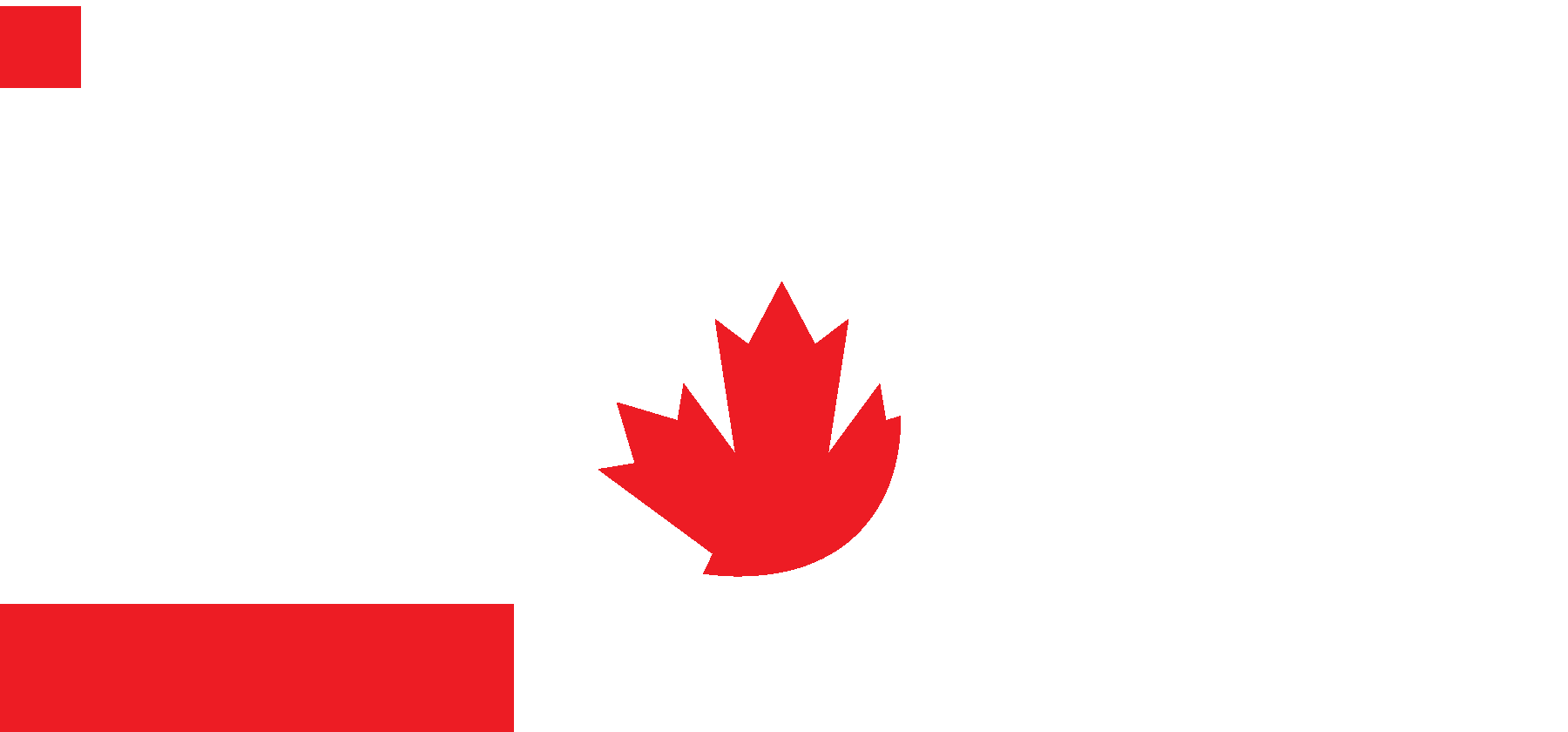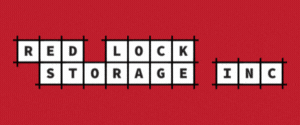Countering the ‘dirty bomb’ threat: five things about radiological materials
OTTAWA – World leaders are scrambling to ensure radiological materials don’t fall into the hands of terrorists intent on exploding a “dirty bomb.” Stopping groups such as the Islamic State of Iraq and the Levant from carrying out such an attack came up at the recent nuclear security summit in Washington. Here are five things to know about these materials, including what Canada is doing to secure them.
What are they? Radioactive sealed sources are used in a variety of tools — from construction gauges that measure concrete density to tumour-zapping machines in hospitals.
The threat: Security officials fear terrorists could strap a conventional explosive to a radiological source to create a so-called dirty bomb. It would likely kill few people but could spread radiation over a wide area, potentially making a city’s downtown uninhabitable for weeks or longer. Simply leaving an exposed source in a public area could have a similar effect.
How likely is it? There has never really been a successful attack involving a radiological device. But officials have been working to prevent such material from going astray, studying the possible effects of an assault and figuring out how best to clean up the contamination.
“I think the threat is real, but equally that threat needs to be kept in perspective,” said Jez Littlewood, an expert in security studies at Carleton University’s Norman Paterson School of International Affairs.
“It does come down to, does somebody know what kind of sources are available, how they’re going to construct this device and what it’s for? And this even assumes that they can get hold of that source material.”
Littlewood assesses the likelihood in Canada at “the lower end of the scale,” noting terrorist actions to date have typically involved more conventional means.
According to a Canadian Nuclear Safety Commission report published in July, a national registry listed almost 80,000 sealed sources in 2014 — twice as many as in 2010. In addition, there was a 23 per cent increase in the number of high-risk sources from 2013.
In 2014, there were 16 reported events involving the loss, theft or discovery of sealed sources, most of them low-risk items, the commission says. In one case, a vehicle with a high-risk source inside was stolen, but both the car and device were found the next day.
What’s Canada doing? Canada was the first of the G8 countries to create a national registry of high-risk sealed sources and monitor their movement with an online tracking system. The Canadian government is also active in international efforts, and helped fund the disposal of 59 old Russian radioisotopic thermoelectric generators as a precautionary measure.
Global action: Various global initiatives are aimed at securing radioactive sources. The International Atomic Energy Agency, a United Nations body, has taken the lead, issuing a code of conduct on the safety and security of sources. It also helps with the disposal of “orphan” sources and does training in Asia, Africa and South America.
Follow @JimBronskill on Twitter
Join the Conversation!
Want to share your thoughts, add context, or connect with others in your community? Create a free account to comment on stories, ask questions, and join meaningful discussions on our new site.


















Leave a Reply
You must be logged in to post a comment.